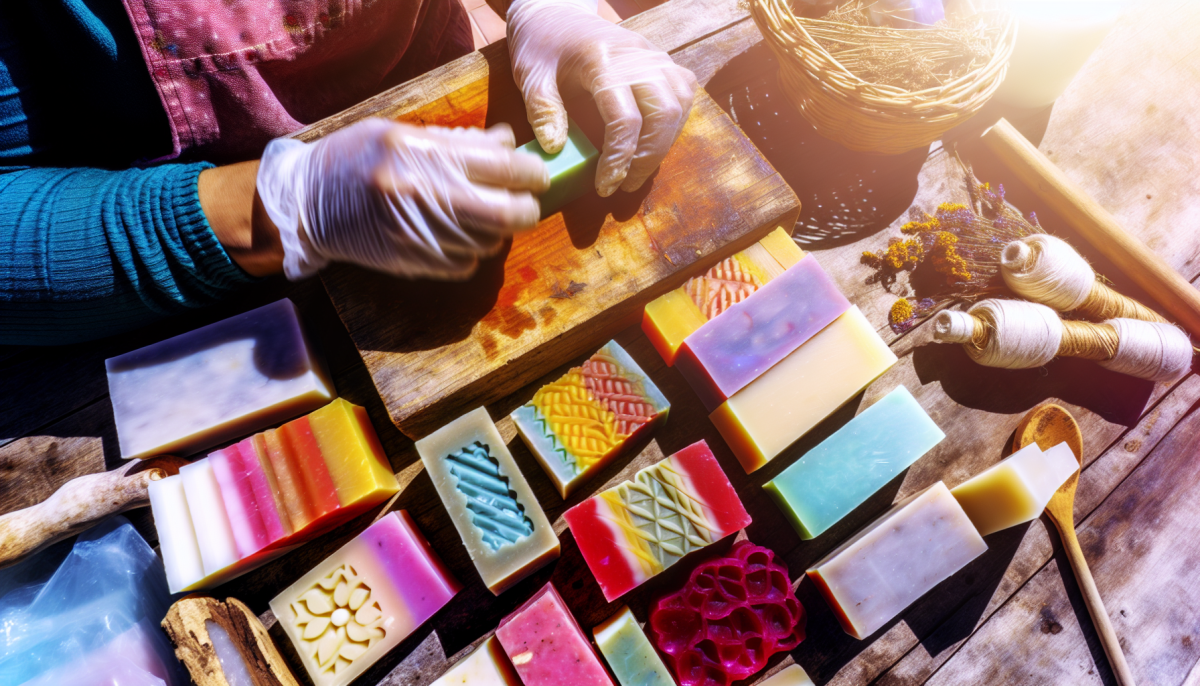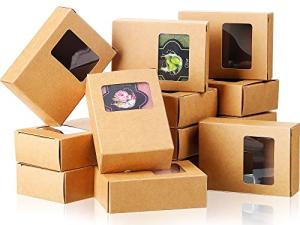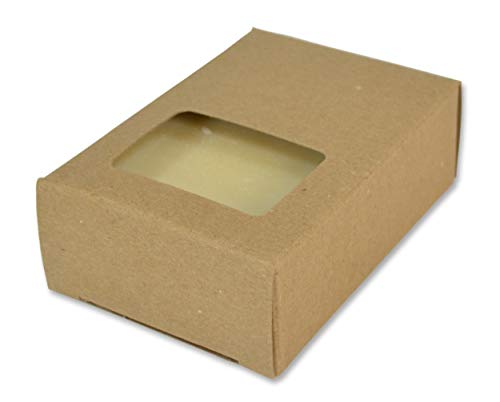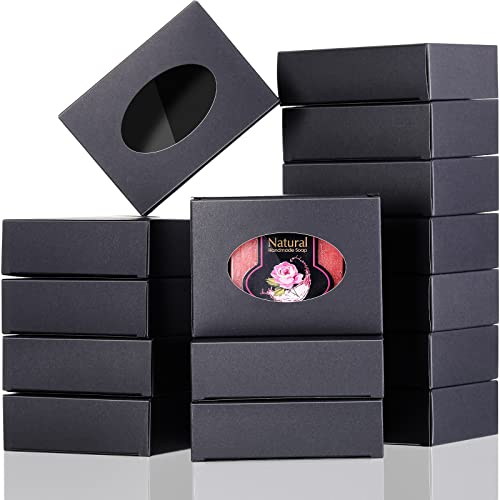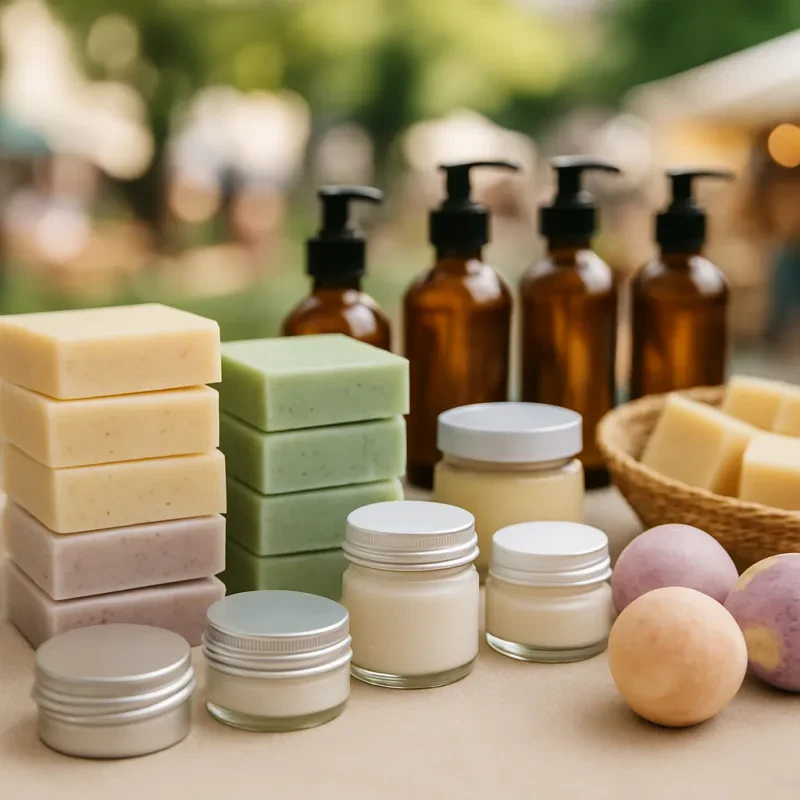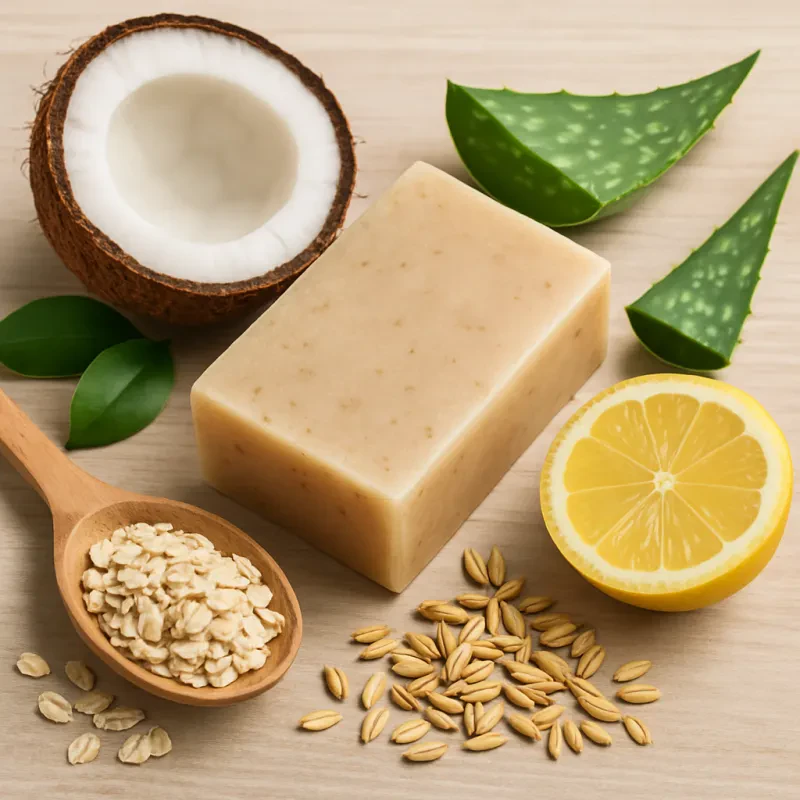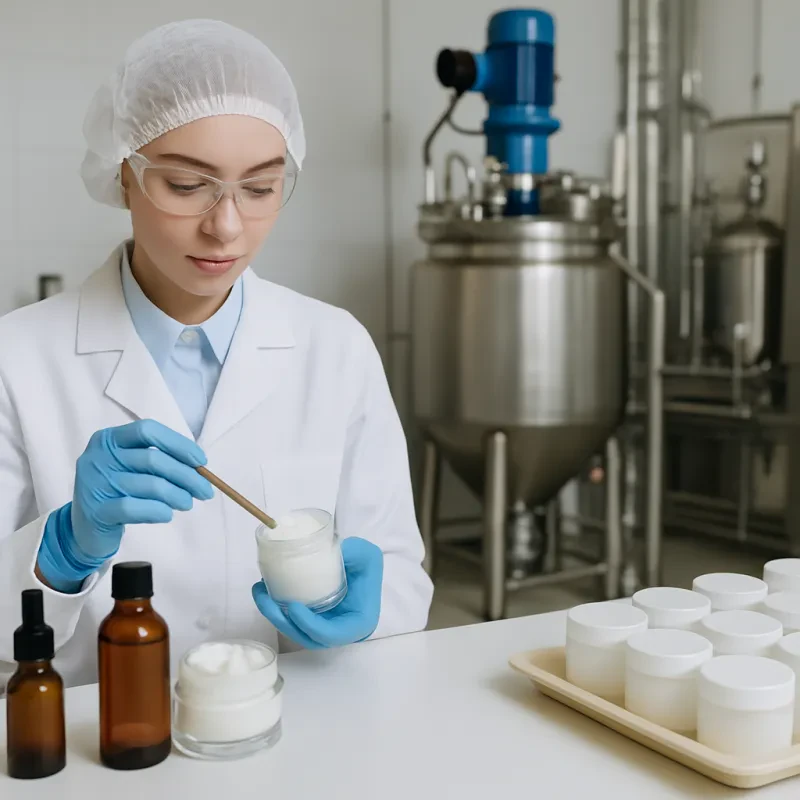The handmade soap industry has experienced significant growth in recent years, driven by increasing consumer demand for natural, eco-friendly, and artisanal products. As consumers become more conscious of the ingredients in personal care products and the environmental impact of mass-produced goods, the handmade soap market is poised to expand. This article explores the latest statistics, trends, and insights shaping the handmade soap industry.
Market Size and Growth Projections
The global handmade soap market has seen a steady rise, with various reports indicating a positive growth trajectory. According to market research, the global market for natural and organic personal care products, which includes handmade soap, was valued at approximately $12.45 billion in 2020 and is projected to grow at a compound annual growth rate (CAGR) of 8.5% from 2021 to 2028.
For handmade soap specifically, some estimates suggest that the market size could reach $4.8 billion by 2025. While it represents a small segment within the broader skincare market, the demand for high-quality, natural products is a key driver of this growth.
Consumer Demand for Natural Products
The surge in popularity of handmade soaps is closely linked to consumer interest in natural and organic skincare. Increasing concerns about synthetic chemicals in conventional soaps and their potential health and environmental impacts have led consumers to seek out natural alternatives. Handmade soaps are often free from harsh chemicals, synthetic fragrances, and preservatives, making them more attractive to health-conscious buyers.
Key trends driving demand for handmade soaps include:
Natural ingredients: Handmade soaps typically use organic oils, butters, herbs, and essential oils, which cater to the growing demand for sustainable and chemical-free skincare solutions.
Cruelty-free and vegan:Many handmade soap brands emphasize cruelty-free testing and vegan formulations, which are increasingly important to consumers.
Sustainability: Eco-conscious consumers prefer products that come with minimal environmental impact. Handmade soaps are often packaged in biodegradable or recyclable materials, further boosting their appeal.
Small batch production:Artisanal products, including handmade soap, are viewed as higher quality due to the attention to detail and the personal touch involved in their creation.
Regional Market Insights
The handmade soap industry varies in market maturity across different regions:
North America: The U.S. is a major market for handmade soaps, driven by a growing trend of "clean beauty" and the increasing popularity of organic and artisanal skincare products. According to Statista, the U.S. organic skincare market, which includes handmade soaps, reached a valuation of around $2.9 billion in 2020 and is expected to grow steadily in the coming years.
Europe: Europe is also a strong market for handmade soaps, especially in countries like the UK, Germany, and France. European consumers have a high preference for eco-friendly, sustainable, and cruelty-free personal care products. In fact, the EU market for natural cosmetics, including handmade soap, has been growing at an average rate of 7-9% annually.
Asia Pacific: As interest in organic and sustainable products grows in Asia, countries like Japan, South Korea, and India are witnessing an increasing demand for handmade soaps. While the market is still emerging, the Asia-Pacific region is expected to see a substantial uptick in handmade soap sales in the coming years.
Consumer Demographics and Preferences
Handmade soap consumers tend to be more discerning, with a preference for products that align with their ethical, health, and environmental values. Key demographic trends include:
Millennials and Gen Z: Younger consumers are a driving force behind the handmade soap trend. These groups are highly engaged with sustainability, clean beauty, and natural products. A 2021 survey found that nearly 70% of Millennials prefer to purchase products that are cruelty-free and eco-friendly.
Affluent Consumers: Handmade soaps often come with a higher price tag due to the premium ingredients and small-batch production. As a result, consumers with higher disposable incomes are more likely to purchase premium handmade soaps.
Eco-conscious Consumers: The trend toward sustainability and environmental responsibility is a key driver for handmade soap sales. Many consumers are willing to pay a premium for products that are sustainably sourced and packaged.
Challenges and Competition
Despite its growth, the handmade soap industry faces several challenges:
Intense Competition: With the rise in popularity of handmade soaps, the market has become increasingly crowded. New entrants and small businesses are constantly emerging, making it difficult to stand out in a competitive landscape.
Price Sensitivity: Handmade soaps can be significantly more expensive than mass-produced alternatives, which may limit their appeal to budget-conscious consumers. However, many brands counteract this by emphasizing the quality and sustainability of their products.
Regulatory Hurdles: Handmade soap makers must navigate regulatory challenges, particularly concerning labeling and the use of ingredients. Ensuring compliance with local health and safety regulations can be costly and time-consuming, especially for smaller producers.
Emerging Trends in the Handmade Soap Market
Several key trends are shaping the future of the handmade soap industry:
Customization: Consumers are increasingly interested in personalized products. Some handmade soap companies offer customization options, such as unique scents, colors, and ingredients based on customer preferences.
Sustainable Packaging: As part of the growing environmental movement, handmade soap brands are adopting innovative packaging solutions, such as compostable wrapping, reusable containers, and minimalistic packaging.
Subscription Services: Subscription-based models, where consumers receive monthly deliveries of handmade soap, are gaining popularity. These services offer convenience and allow customers to discover new products regularly.
Health Benefits: With the rise of skincare and wellness trends, some handmade soap makers are promoting the therapeutic properties of their products, such as soaps made with medicinal herbs or essential oils for stress relief, acne treatment, or skin rejuvenation.
Conclusion
The handmade soap industry is thriving as consumer preferences shift toward natural, eco-friendly, and high-quality personal care products. With a growing demand for artisanal, sustainable, and cruelty-free products, the market is set to continue expanding. While challenges like competition and pricing pressures persist, the opportunities in this space remain strong, particularly for businesses that emphasize product quality, ethical practices, and customer engagement.
As the industry evolves, trends like customization, subscription services, and the growing importance of sustainability are likely to shape its future growth. For entrepreneurs and established brands alike, understanding these statistics and trends will be key to capitalizing on the potential of the handmade soap market in the coming years.
